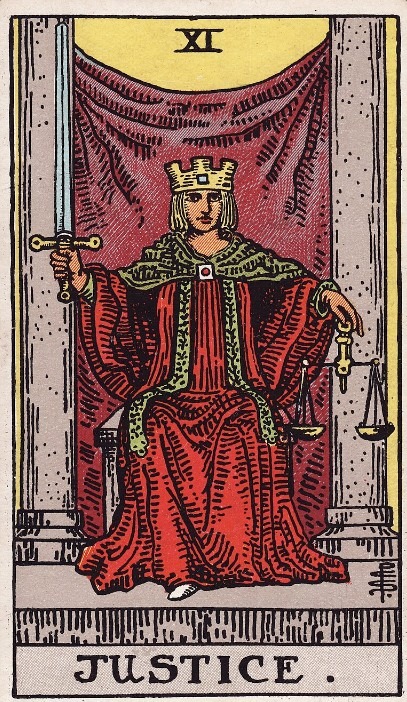
After the complexity of the wheel of fortune, the fool sees the archetype of justice and breathes a sigh of relief. If this is the principles of right and wrong, he’s on solid ground. Truth matters. Rules and the law are part of a functional society. How hard can this card be?
He wonders why he hasn’t met justice before.
The early cards were full of single figures.
The pillars and veil are familiar. He first saw them in the high priestess, while the hierophant sat between two columns.
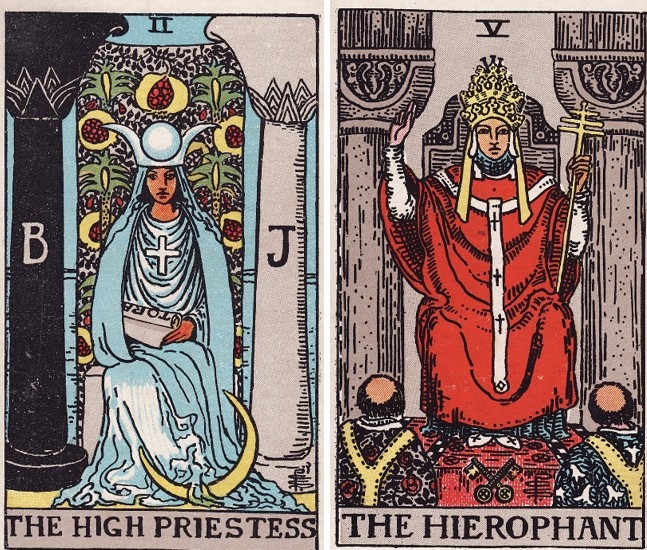
Excepting the lovers, everyone on the first row was holding something. Admittedly, no one had such a powerful looking sword, and the scales are new. The fool guesses they’re something to do with the balance between right and wrong.
If he was placing the cards he’d put justice next to the emperor who represented structure and power in society. The colours are not dissimilar and he’ll swear the veil matches the emperor’s sky.
Or because justice points up and down like the magician, maybe there’s a connection there. Afterall, one of the tools on the magician‘s table was a sword.
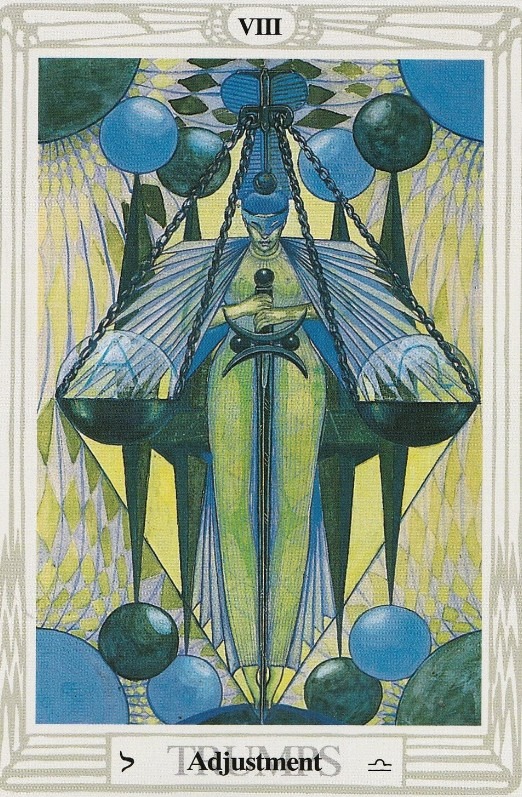
The fool is right to think about potential relationships between the archetypes he’s already met, especially the magician and high priestess, but he’s forgotten two things; the present path is taking him towards his unconscious self and justice, as card 11 in 3 rows of 7, is exactly midway through the major arcana.
This is a critical point on the fool’s journey and a good time to step back for an overall view.
Think of the cards in two ways.
They can be used as a psychological tool to gain a better understanding of yourself, both conscious and unconscious layers, like a form of do-it-yourself psychoanalysis.
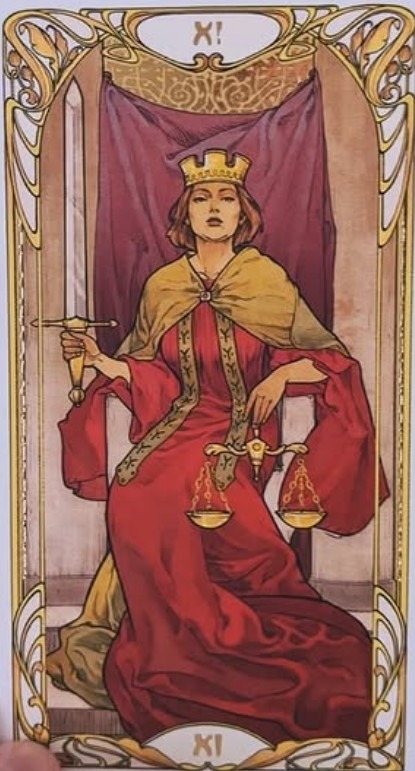
Lets talk tarot explains how this approach uses the cards to uncover the tripartite personality, whereby consciousness is formed and driven by the unconscious and subconscious parts of ourselves. Discovering the roots of motives and behaviours, especially understanding why patterns of poor habits can be so persistent, is an essential part of personal change.
Or the cards can be understood as a process of initiation, designed to answer deeper questions, in a similar way to entering a religion or mystery group. Afterall, they have much in common.
Faith systems teach us we have outer and inner selves, usually referred to as body and soul. Material and immaterial. Once born into the physical world, we die and leave it behind while life for everyone else continues. The mystery is what happens next.
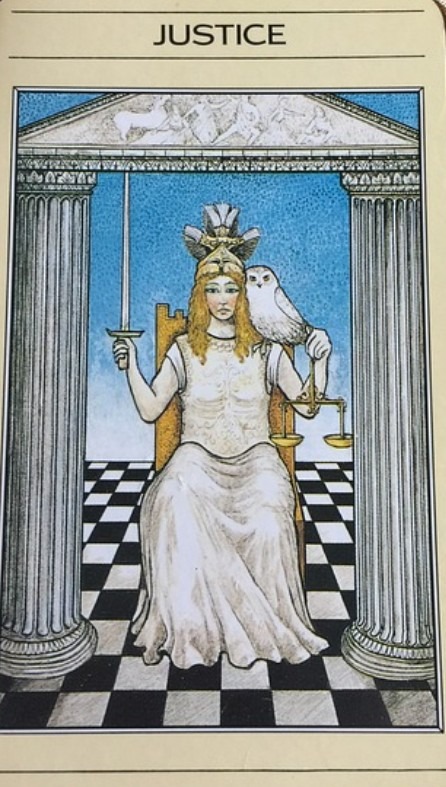
Many people don’t or won’t accept the principle of binary selves. They retain a material, existential view which denies the existence of a soul or afterlife. Using the tarot in this way is probably not for them.
Whichever way is chosen, the process is not easy. There’s been times when the fool himself has not been fully aware of what each card represents but he has curiosity and so far, this has driven him on.
In the tarot, Justice stands for action with regard to inner awareness, hence her position in the centre of the spread. The purpose of this line is to delve deeper into our conscious actions. To understand what drives and motivates us.
Justice is less about what we do and more about why.
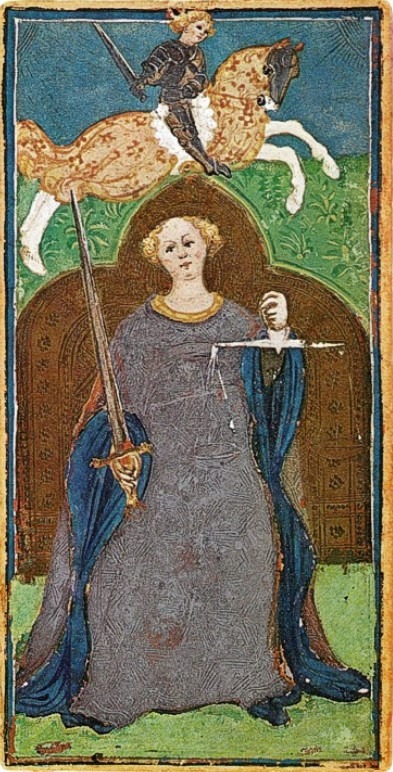
The wheel of fortune represented cycles. Now justice offers an opportunity for greater understanding and wisdom with regard to the ups and downs of life. Where ever we find ourselves in the present, it’s the result of everything we’ve done in the past. We are the sum total of our actions and this card is about committing to personal responsibility for this.
Unless the fool realises his own accountability, there’s no point in going further.
The veil is dividing him from who he really is. Justice is offering him opportunity to lift the veil and walk behind it.
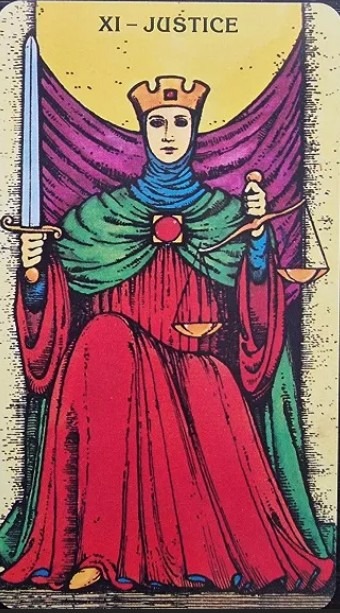
Strength and the hermit have introduced the concept of inner awareness. Justice demands a response. She represents truth. The fool cannot continue unless he understands that whatever happens, he has to accept the only person responsible for his adult life is himself.
It’s the eleventh step and our fool has finally reached the purpose of his journey.
The origin of the principle of justice comes from the ancient Greek goddess Themis who controlled divine order as well as custom and tradition. Associated with the Delphi oracle, she is represented today as Lady Justice. Her statue can be seen outside courts of law where she holds a sword and scales, and often wears a blindfold to emphasise the law is impartial, objective and beyond external influence.
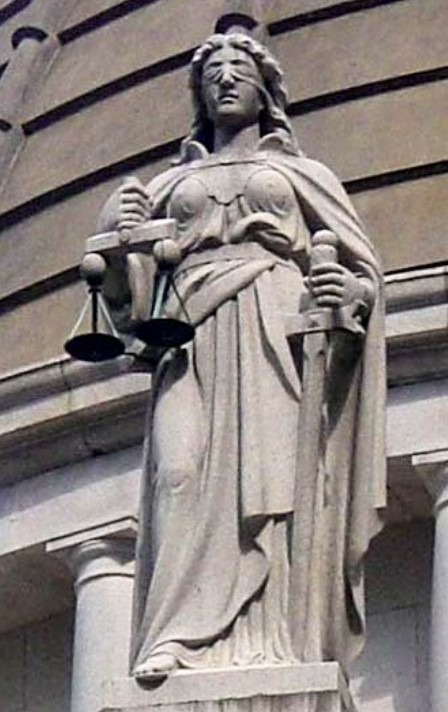
In the tarot, justice is not blindfolded. She looks right back at you. The balance of her scales is between inner and outer energy. Her veil shows the fool he has yet to find this integration.
There has been some progress.
He’s been shown the construction of his conscious world and been shown he has the internal strength for the next stage. The hermit offered ways in which this deeper understanding might be achieved, but he still has much to learn.
Action is needed. The wheel of fortune will continue to turn but justice controls the scales. The fool has to learn ways to remain balanced. To become the still point in a turning world, where everything around him continues to move.

Justice is a pivotal card. It demands commitment. The fool must go through the veil to progress. If he fails to understand how his actions create his world, and refuses to take responsibility for ensuring he stays on the right path, the journey ends here.
Lifting the veil is to fully step into the tarot.
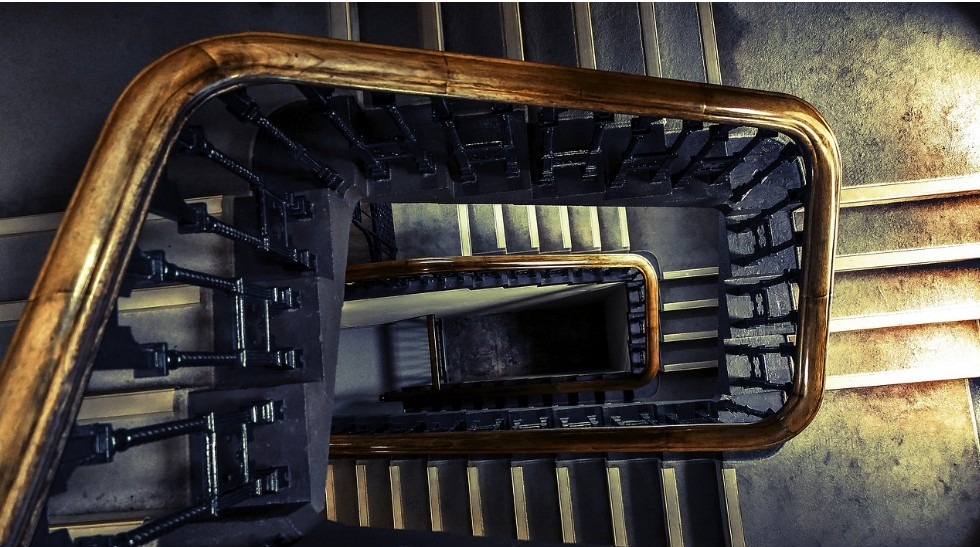
The journey has been about raising awareness. Now is the point where the fool needs to know himself. To look deeper inside. See himself face to face. Find his own balance. There are some difficult cards ahead but he doesn’t yet know this.
Justice is a leap of faith.
The next card is the hanged man. It represents the first step behind the veil.
The fool will need to make a sacrifice. Reflect on the principles of intuition and prophecy. Learn to trust the universe will ensure he’s in the right place at the right time for progress to happen.
Join us for the next step on this walk through the tarot.
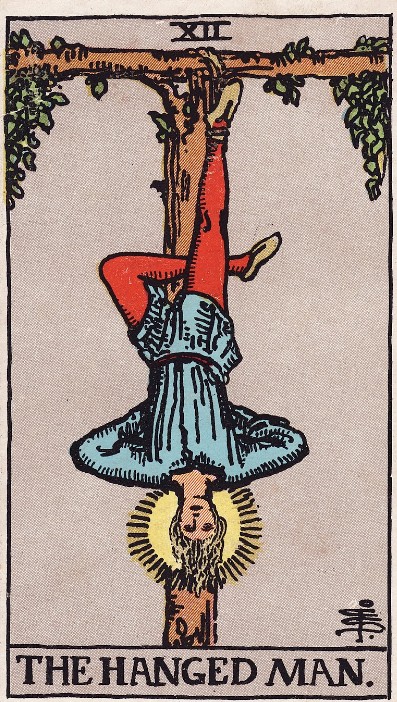
images my own, copyright free from wikipedia commons or from https://pixabay.com/